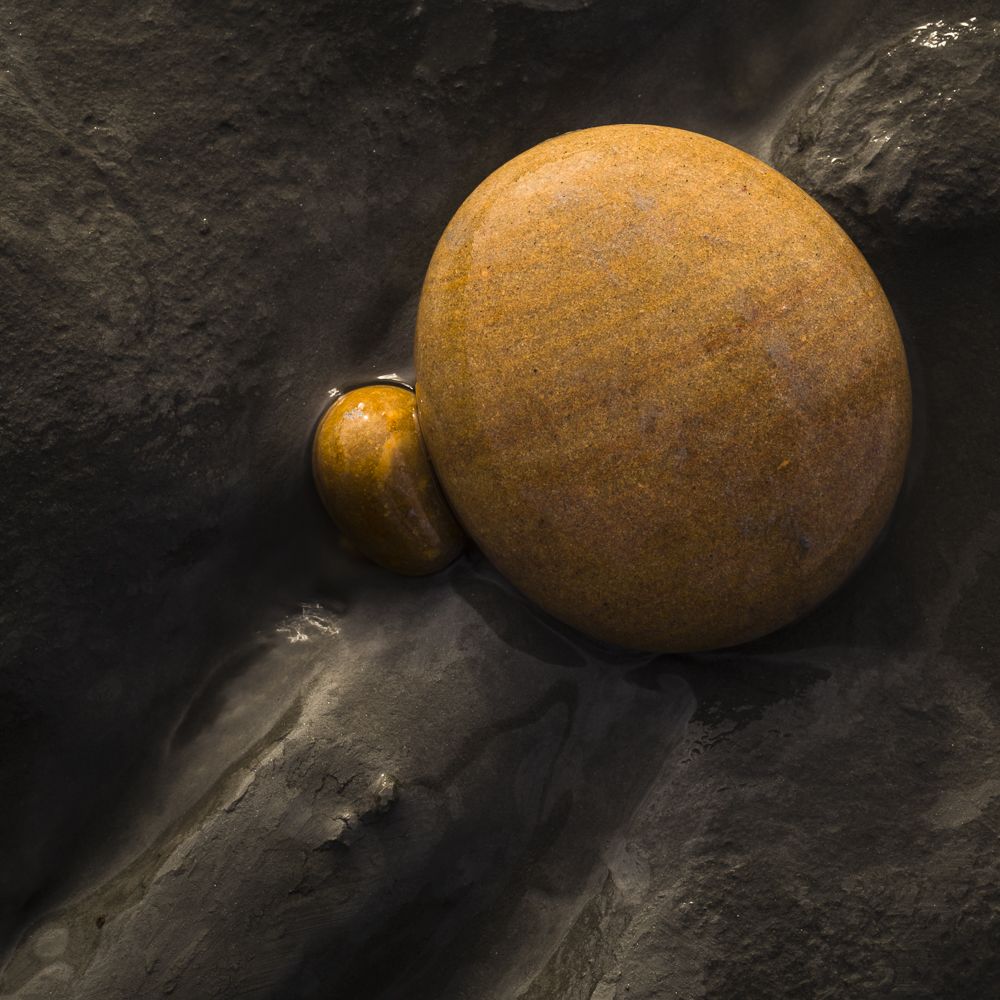


Perhaps the biggest advantage of going full-frame is image quality. Don't get us wrong though – these are still very capable cameras that can achieve some brilliant results, while Sony's Alpha A7 III is even better, delivering top quality images with a performance to rival cameras costing quite a bit more. These DSLRs both offer full-frame sensors, but don't have quite the same ultra-rugged build and top-line performance as their stablemates. Not everyone wants (or can afford) all of these advanced features, which is why we've seen some relatively affordable full-frame cameras in recent years, with the likes Canon EOS 6D Mark II and Nikon D750 springing to mind. Because full-frame cameras are primarily aimed at professionals and keen enthusiasts, there's a certain expectation as to the level of performance, features and build that these cameras should have, which again all comes at a price. For starters, the added production cost of the bigger sensors (and the lower volume of production) is one area that forces cost up.
PHASE ONE FUJIFILM FULL FRAME SENSOR COMPARISON UPGRADE
In most cases, if you want to upgrade to a full-frame DSLR or mirrorless camera, prepare to pay a premium. Sensor sizes explained: what you need to know.Sure, size has certain advantages, but there are also distinct drawbacks to making the switch up to a full-frame DSLR or mirrorless camera.


 0 kommentar(er)
0 kommentar(er)
